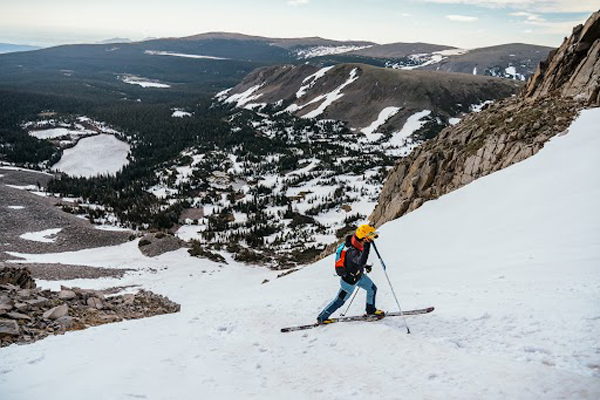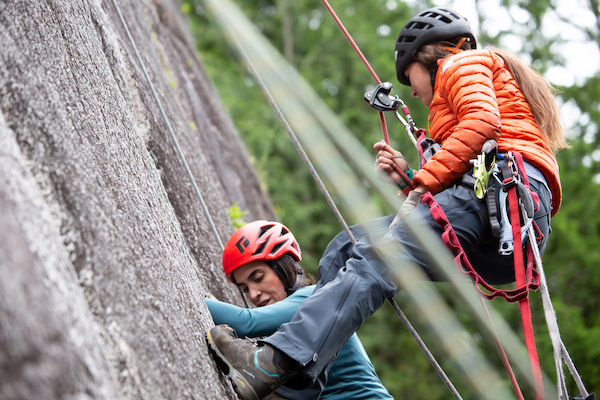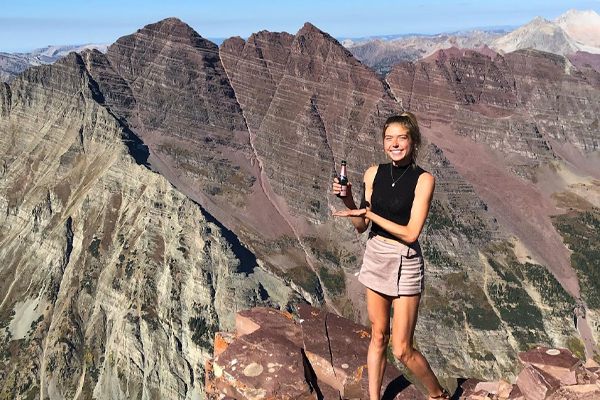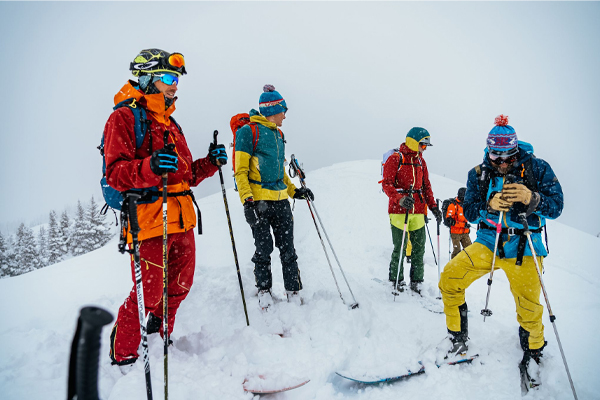PT for Mountain Runners - Ankle Stability

Build balance and strength with these exercises to protect runners' most vulnerable joint: the ankle...
- - -
Ankle injuries are synonymous with hiking and mountain running. This exercise sequence is geared towards the mountain athlete who has suffered a sprained or rolled ankle (or multiple!) from running or hiking. Designed to retrain a motor pattern and restore tissue health, this routine will focus on strengthening the related tissue, while incorporating balance practice. A few words on balance: think of it like a muscle, it takes consistent effort over time with steady progression in difficulty in order to improve. Here are three exercises that should help rehab and improve strength in the ankle and surrounding muscles once swelling and pain have subsided:
Eversion Isometric (shown at 0:55 sec in video): These are to be performed in a pain-free manner. You can push as hard as you can tolerate provided there is no pain. Perform this exercise for 3 seconds on, 1 second off for two rounds of one minute each.
•While seated with the outside of your foot placed against something stationary (like a dumbbell), push the foot to the outside.
•Hold for 3 seconds, relax for 1 second, repeat in this way for a minute.
Single Leg Stance (shown at 1:30 in video): Standing on affected leg with a slight knee bend, try to remain standing on single leg for one minute. Repeat 3-4 rounds per side. Try these variations to increase difficulty:
•Eyes closed
•Head turns
•Unstable surface (think couch cushion)
•Eyes closed and on unstable surface
Calf Stretch (shown at 2:40 in video)
•Start by standing in front of a wall or other sturdy object.
•Step forward with one foot keeping toes on both feet pointed straight forward.
•Give a slight bend to the knee extended behind you.
•Lean forward towards the wall and support yourself with your arms as you allow your front knee to bend until a gentle stretch is felt along the back of your leg that is most behind you.
•Move the back leg further away to increase the stretch.
•Complete 3 rounds of 1 minute on each leg
For best results, the above exercises should be performed four times a week. A progression of the above routine would involve adding dynamic loading through plyometrics. I often begin with “land and stick,” which is simply hoping forward, sideways, and at an angle onto the affected limb and sticking the landing. This should be pain free. Once hoping and landing with control becomes easy, a person can add ballistic training in the form of single leg hopping up onto a step, single leg lateral hops, and forward single leg hops with the aim of spending as little time on the ground as possible. Ballistic training should have relatively low number of repetitions per set (< 30) and be followed by complete recovery before starting the next set (90 - 120 seconds recovery).
Photos and Video: © Tom Bear
- - -
ABOUT THE AUTHOR
 Andrew Fast is a member of the La Sportiva Mountain Running® Team.
Andrew Fast is a member of the La Sportiva Mountain Running® Team.
- - -





